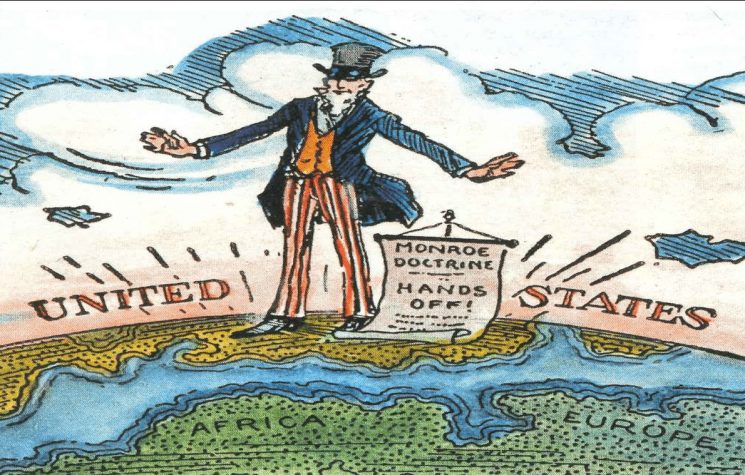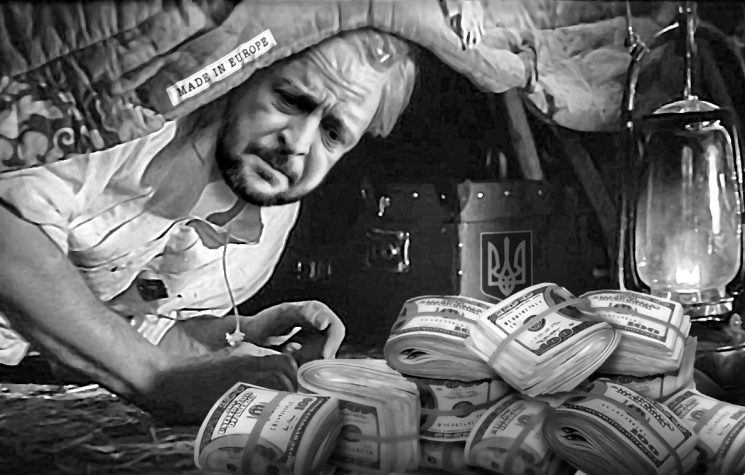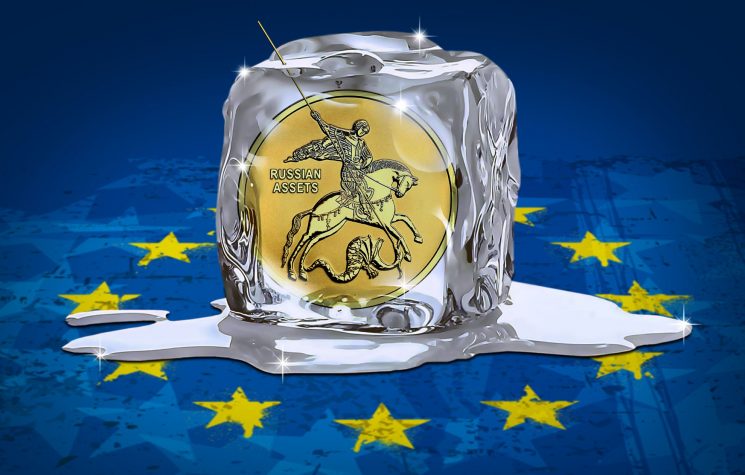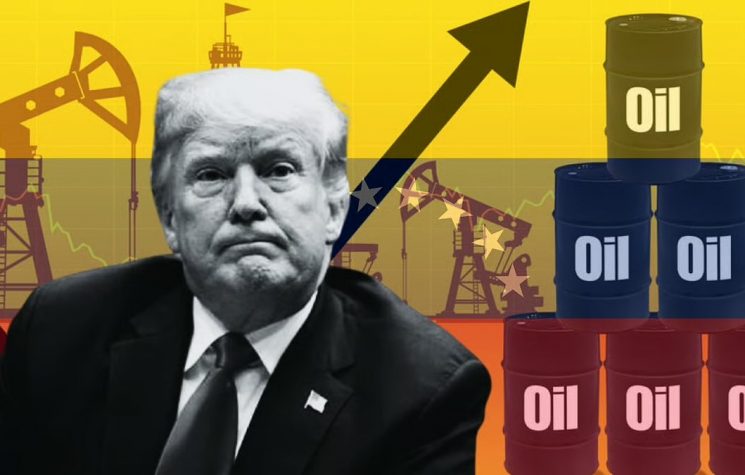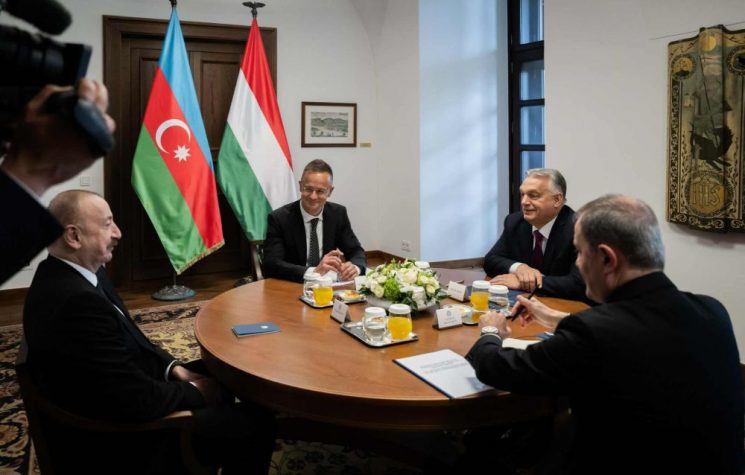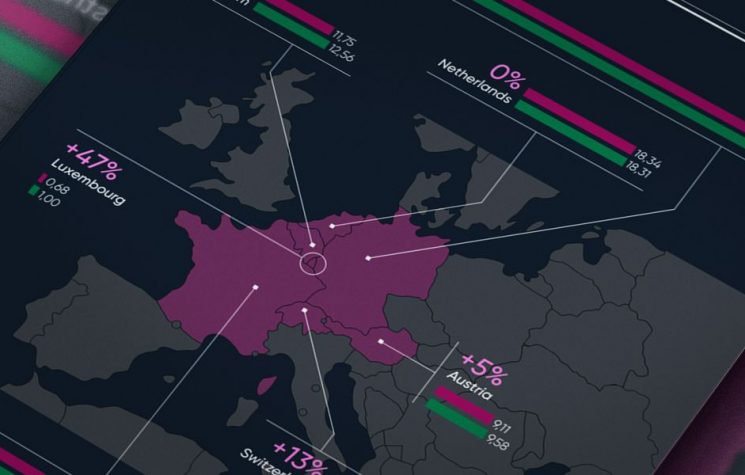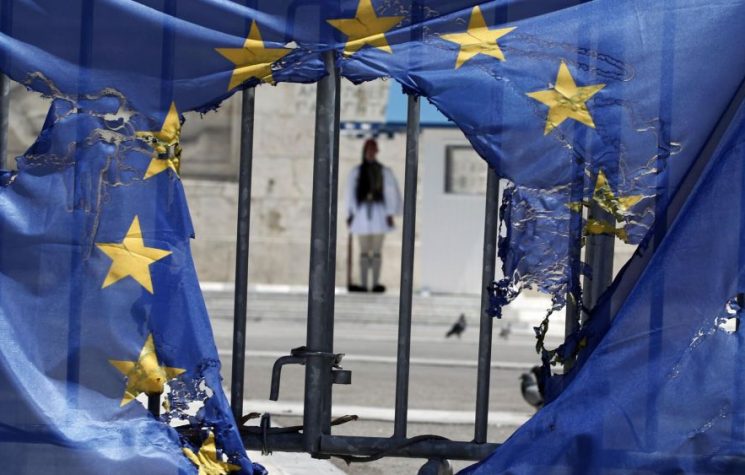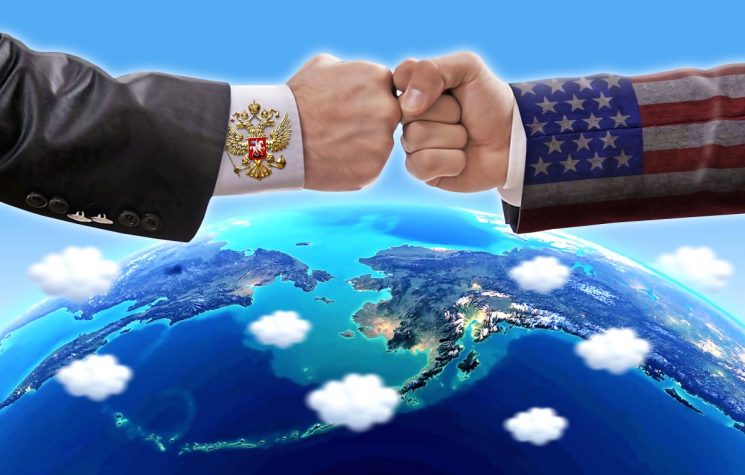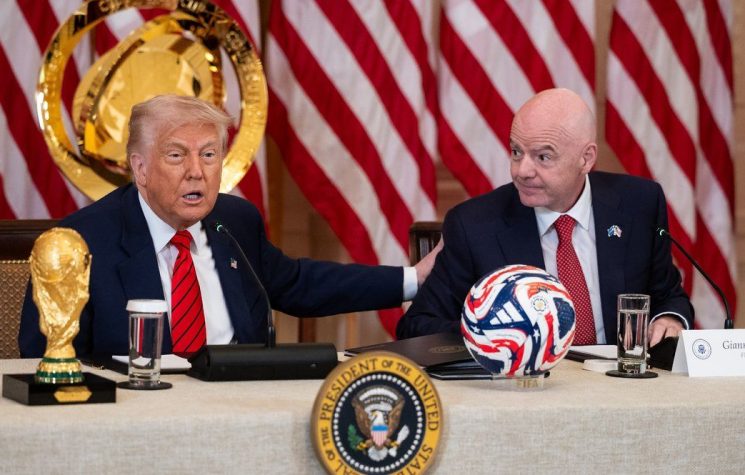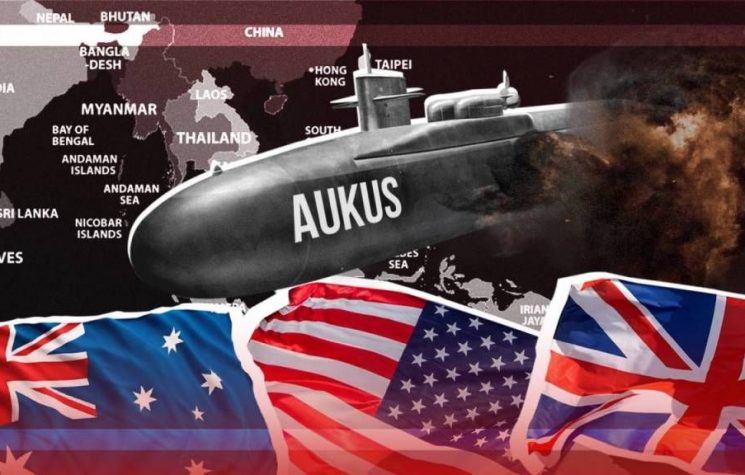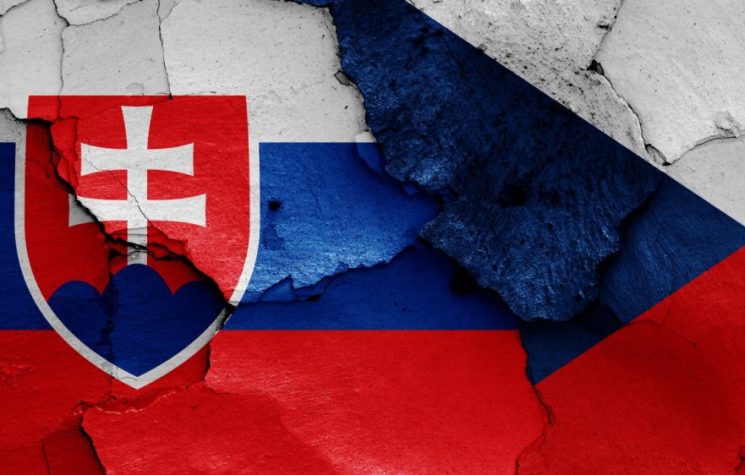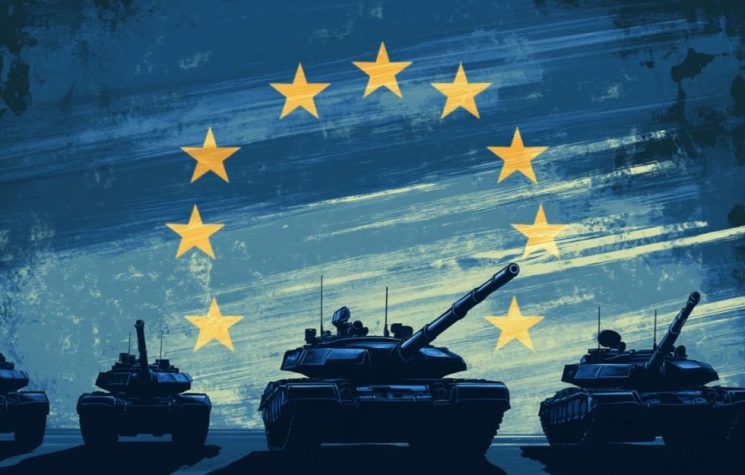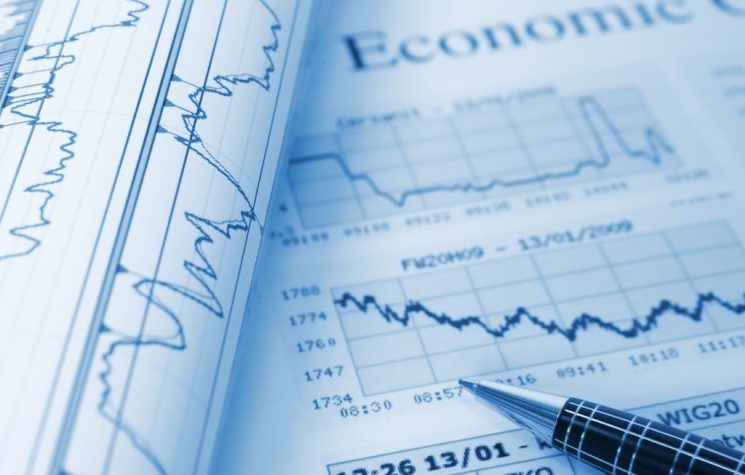Discontent is growing, not only among ordinary people in the bloc’s countries, but also among influential sectors of the European political and economic elites.
Contact us: info@strategic-culture.su
Former European Central Bank chief Mario Draghi recently presented a comprehensive report to the European Union that demonstrates how Europeans are falling behind Americans – and even Asians – on key issues of economic development.
While in 1990, GDP per capita in the United States was 16% higher than in the eurozone, by 2023 that gap had already grown to more than 30%. This means that Americans are increasingly richer than Europeans.
But the gap between the richest men in the United States and Europe is also widening. Only 10% of high-tech entrepreneurs in the top 30 and top 500 of the market capitalization rankings are European. By comparison, 73% in the first and 56% in the second are American.
These new figures once again reveal the economic devastation of Europe. And its origins are directly linked to American power.
By the 1930s, the United States had lost all the advantage it had gained over its European competitors at the end of World War I. Europe was devastated and Washington had emerged as the world’s great economic superpower. However, the 1929 crisis brought this strength to an end. The Great Depression seemed to have put an end to the American dream.
Just as World War I was a dispute between imperialist powers over the world market, the future World War II needed to be unleashed so that the Americans could regain control – partially lost to Germany and Japan in the wake of the 1930s crisis. Franklin D. Roosevelt led the reorganization of the American economy, vastly expanding federal spending and making large public investments thanks to a dictatorial centralization of economic power in the hands of a small corporate monopoly.
The result was an unimaginable increase in industrial production – focused almost exclusively on the war. Pearl Harbor came in very handy: it was the excuse the regime needed to eliminate opposition to its entry into the conflict. Between 1941 and 1944, U.S. war production more than tripled, and by 1944 its factories were producing twice as much as Germany, Italy and Japan.
American industrial production served two intertwined strategic objectives: to destroy Europe and to rebuild it in its image and likeness. The U.S. equipped Britain with the weapons needed to confront Germany, and both carried out an intense bombing campaign with the explicit intention of destroying the German economy, the industrial engine of Europe. Almost 2.7 million tons of bombs were dropped on Germany and the Nazi-occupied regions of other countries, particularly France and Belgium (completing the industrial heartland of Europe). American and British aerial bombings killed 305,000 Germans, injured almost 800,000, totally or partially destroyed 5.5 million homes, and left 20 million without essential public services.
It was genocide. Added to the immediate slaughter of 330,000 civilians in Japan by the atomic bombs of Hiroshima and Nagasaki, the U.S. bombings took the lives of 635,000 people.
The U.S. destruction of Europe was a big deal that benefited the United States decisively in securing its total supremacy in the new postwar world order. The deficit of foreign countries in 1946-47 was more than $19 billion. The U.S., which was intact, offered loans to begin the reconstruction of Europe as a soft form of colonization, while at the same time punishing those countries severely. In the words of the unsuspecting establishment historian Arthur S. Link, “the American government, even during the bitter days of Reconstruction, had never taken such terrible revenge on former enemies.” The German people and institutions were reformed “in the image of the United States.”
The Truman Doctrine and, mainly, the Marshall Plan, were the pillars of the U.S.’s post-World War II policy of colonizing Europe: the first transformed all of Western Europe and part of its southeast into a huge American military base, through NATO, policing the politics of these countries. The second began as a clientelist policy, granting handouts to starving Europeans (11 billion dollars) that were later returned with interest, beginning the process of economic, political and social dependence on Europe. Between 1948 and 1951, another 12 billion dollars had been spent in this regard.
Combating the false threat of the Soviet Union was the excuse found by the American government to capture Europe. “The greatest nation on earth,” declared the Republican Arthur Vandenberg before the Senate, “will have to justify or abandon its leadership.” This was how the United States managed to overcome a crisis of overproduction and sell its goods and weapons, while at the same time leaving the Europeans hostage to their accumulated debts. American products invaded Europe and NATO began to control the national armies.
On the one hand, the post-World War II subjugation of Europe resulted in relative well-being for the population, which resulted in social stability. However, following the second major American colonization strategy – deindustrialization with the imposition of neoliberal policies in the 1980s and 1990s – this welfare state was dismantled, leaving Europeans completely hostage to the United States.
In all countries around the world, the main body responsible for scientific research and development is the armed forces. However, Europe’s armies have become vassals of the United States through NATO and their capacity has been reduced to increase that of the American forces on the continent. The report commissioned by the EU from Draghi highlights the harmful consequences of this subjugation for Europe.
According to the report, Europeans spend half as much as Americans on research and development in relation to GDP, and many European businesspeople prefer to migrate to the United States to develop these activities. R&D spending relative to GDP in the European Union is also lower than that of China, the United Kingdom, Taiwan and South Korea. The EU has already been overtaken by China in the number of articles published in leading scientific journals, and Japan and India are hot on its heels – while the U.S. remains ahead. Europe’s economic capacity for innovation also remains below that of the U.S. and Japan. It has already fallen behind in the development of digital technology.
Draghi suggests a series of “drastic measures” to combat the growing gap between the U.S. and Europe, according to Politico. However, these measures are unlikely to have any effect, since the EU’s policy remains absolutely aligned (i.e. dependent) on that of the United States and no significant measures have been adopted recently that indicate a different path from that taken in recent decades.
This is why there is growing discontent, not only among ordinary people in the bloc’s countries, but also among influential sectors of the European political and economic elites. The growth of the far right in Germany, France, Italy, the Netherlands, Austria, as well as the quest by the governments of Hungary and Slovakia for greater sovereignty, are clear reflections of this trend.















